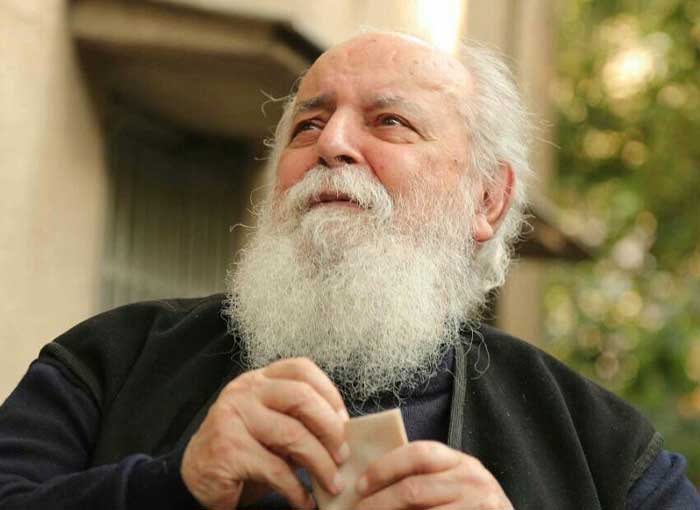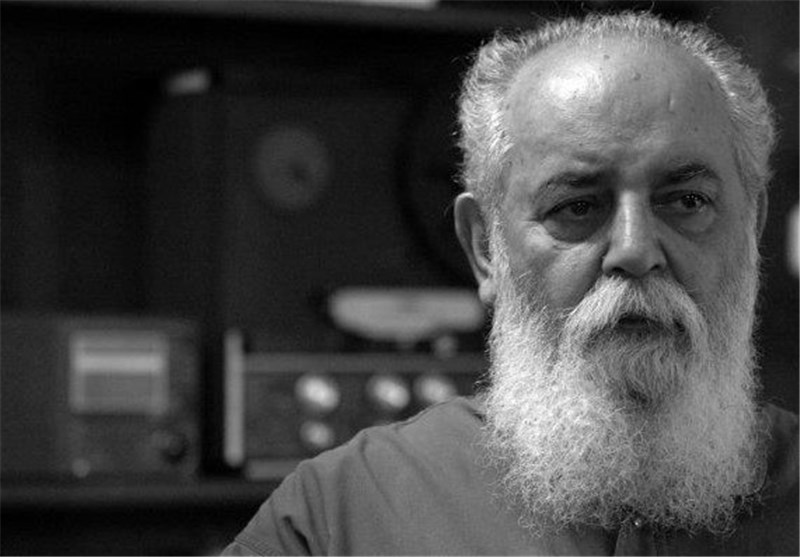Introduction to Hushang Ebtehaj
Iran’s cultural literature, just like its unique historical and natural attractions, is rich and complete. Amir Hushang Ebtehaj was one of the contemporary Iranian poets born in Rasht in 1928 and died in Cologne, Germany, in 2022. He had a famous family, and his father, Mirza Agha Khan Ebtehaj, was one of the elders of Rasht. Hushang Ebtehaj married Alma Maikial in 1959, had four children, and lived with his family in Cologne, Germany, until the end of his life.
Ebtehaj spent his childhood in Rasht and went to Tehran to continue his education. According to Ebtehaj himself, he had been very interested in art since he was a child and had also started learning sculpture and painting. Also, for a short time, he learned the violin from Monsieur Yervand, the father of George Martirosian, a musician of the Tehran Symphony Orchestra. Hushang Ebtehaj got acquainted with music and writing poetry in 1950. He was always a self-taught student and devoted his life to reading and writing.
The pen name of this significant poet is (H.E. Sayeh), and for this reason, he is also known as Sayeh among people and poetry lovers. In connection with this nickname, Hushang Ebtehaj believed that the letters of the word “Sayeh” were soft and unassuming. Also, in the meaning of this word, a kind of sloppiness stands out, which can even withstand violence.

Poems of Hushang Ebtehaj
We can divide his poems into two parts, old and new, all of which show the eloquence of his language. His classical poems are in the form of Ghazal and Do-bayti and have romantic themes. The poet expresses his personal and romantic feelings in these formats. But new poems deal more with collective themes and concerns, such as love for freedom, epics, and socio-political concepts, and they are less romantic. In this regard, the new poems of Ebtehaj are in the category of social romanticism. (The social romanticism poem is between romantic feelings and the social concerns of the poet).
Hushang Ebtehaj has created long-lasting Ghazals with smooth and melodious language. The significant source of Ghazals, Do-bayti, and generally the classical poetry of Sayeh is romance. Sayeh published his first collection of classical and romantic poems called The First Songs. The Mirage (Sarab) is another work of Ebtehaj that depicts single feelings and emotions. After he published Sarab, Sayeh proved his ability in Ghazal writing in a collection called The Bleak Trevails (Siyah Mashgh).
Sayeh’s Ghazals are different from other Ghazals because of their simple, fluent, and modern language. Hushang Ebtehaj, with his artistry, brings today’s language into yesterday’s poetic form. And because of this simplicity, his romances are very popular among the public.

Ebtehaj’s Socio-Political Poems
Amir Hushang Ebtehaj, when he was in Iran, lived in a house on Ferdowsi Street in Tehran. The house had an Eastern redbud (Arghavan) tree in the yard, so he wrote a poem called Arghavan. The exquisite poem has a social context, and the poet has tried to express the longing for freedom and hope for a better tomorrow with the Eastern redbud (Arghavan) tree, a symbol of hope for the future, spring, and regrowth.
His association with the spirit of the times and social conditions was another factor in his popularity among people. His poetry was not indifferent to what was happening in society. He addressed his socio-political views in the collection of Nocturnal (Shabgir) and Pages from the Longest Night (Chand Barg az Yalda), published in 1953 and 1965, respectively. The book “Hafez, By Sayeh” is one of the latest and most accurate corrections of Hafez’s Divan, which he published in 1994.
In 2013, Milad Azimi, a writer and assistant professor at Tehran University, published Ebtehaj’s memoirs under the name of “Pire Parnian Andish”. The book was a result of an interview he and his wife had with Sayeh in 2012.
Hushang Ebtehaj and Music
Ebtehaj’s artistry is not limited only to his poems, but he also had a hand in the field of music. From 1972 to 1978, he was the head of the “Flowers” program on Iran Radio and the founder of the “Golchin Hafteh” music program. Also, well-known Iranian artists and singers have performed his poetry many times. Famous artists such as Mohammad Reza Shajarian, Shahram Nazeri, Hossein Ghavami, Mohammad Esfahani, and Alireza Eftekhari have performed his poems in the form of songs and Tasnif. Memorable Tasnif’s “To Ey Pari Kojaee” and “Sepideh (Iran Ey Sarai Omid)” are among the works of this hard-working poet.

In 1968, Hushang Ebtehaj performed a poetry reading ceremony at Hafez’s tomb, which people welcomed very much. Doctor Mohammad Ebrahim Bastani Parizi described this ceremony in a part of the famous travelogue “From Pariz to Paris”.

